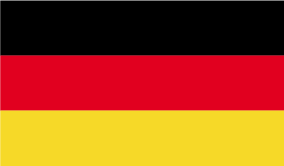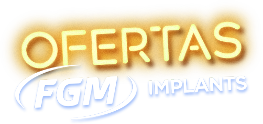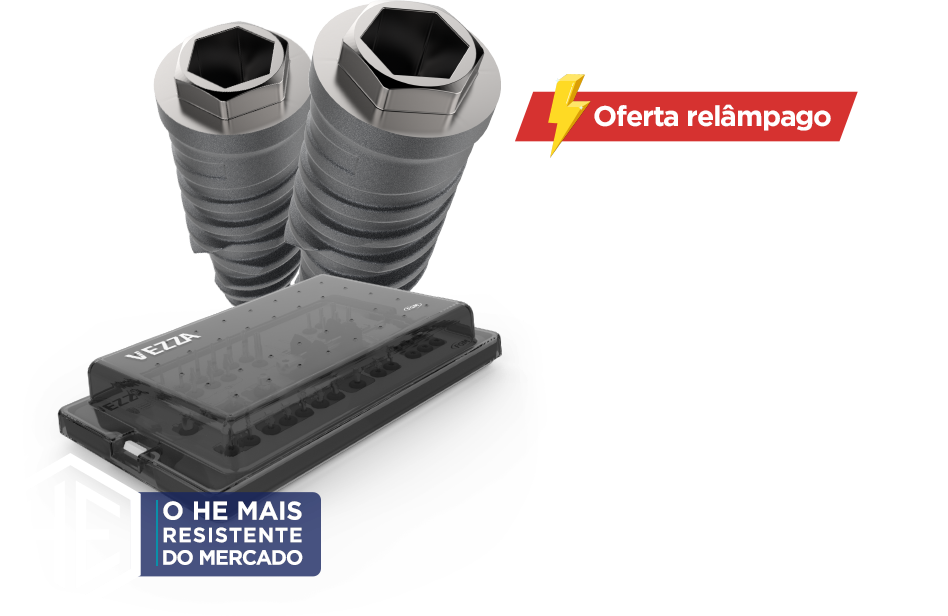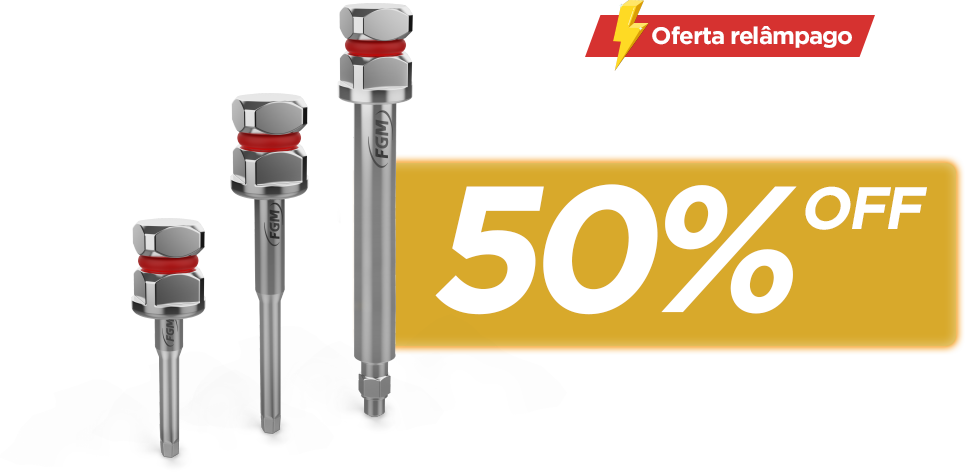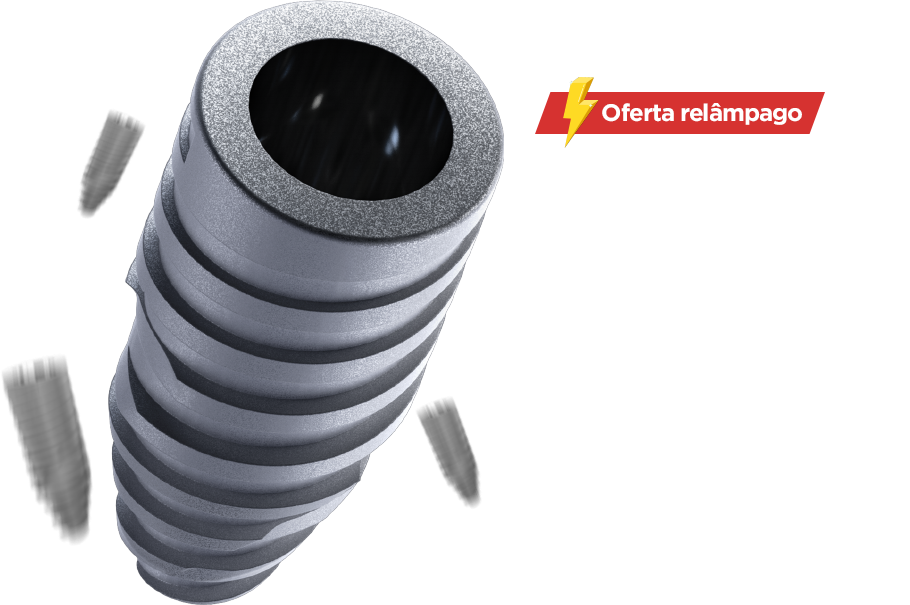Author: Dr. Everton Salante and Dr. Polyane Mazucatto Queiroz
MAIN COMPLAINT: Mobility in element 22.
INTRODUCTION
A 57-year-old female patient complained of mobility in element 22. The clinical and radiographic evaluations showed root fracture with poor prognosis for the maintenance of the element in the mouth. It was proposed to replace the compromised dental element with an immediate implant with immediate load, provided that it achieved considerable primary locking.
Thus, the initial planning provided for the installation of an Arcsys implant (3.3 x 11 mm) immediately after the removal of the remaining root, receiving onto it a prosthetic component (3 x 6 x 2.5 mm).
After minimally invasive exodontia, the implant was installed 4 mm in relation to the gingival zenith and 2 mm infraosseous, where it was locked with 60 N.cm torque. An abutment for cement-retained restoration 3 x 6 x 2.5 mm was installed. After its activation, the gap was filled with Nanosynt, and the provisional was prepared using the PEEK multifunctional transferer, easily performed with a veneer of stock tooth. One of the greatest advantages of this stage was the obliteration of the alveolar embouchure with concomitant tissue conditioning, initiating the personalization of the emergence profile right away.
After the perfect healing of the tissue, the transfer molding was carried out with the personalization of the transferer, using light-curing acrylic composite for a copy of the emergence profile. This achieved a perfect adaptation and maintenance of the emergence profile, facilitating single-step transfer molding. The transferer was captured by the molding and sent to the laboratory to manufacture the prosthetic piece.
The prosthetic crown received from the laboratory is quickly cemented on an analog of the component used, in order to allow excess cement to be removed, and then taken to the patient’s mouth, positioned on the stainless steel component. Thus, the possibility of excesses being allocated around the peri-implant tissue is reduced.

Fig. 1 Initial radiographic image

Fig. 2 Provisional after 90 postoperative days

Fig. 3 Emergence profile after 90 postoperative days

Fig. 4 Transfer customization with photo-activated pattern composite


Figs. 5a and 5b Transfer molding

Fig. 6 Planning of zirconia crown



Figs. 7a and 7b Filling with resin cement before cement removal


Figs. 8a to 8b Operative clinical sequence that allows for excess cement removal


Figs. 9 Analog with excess cement


Figs. 10 Cemented Crown

Figs. 12 Final X-Ray



















